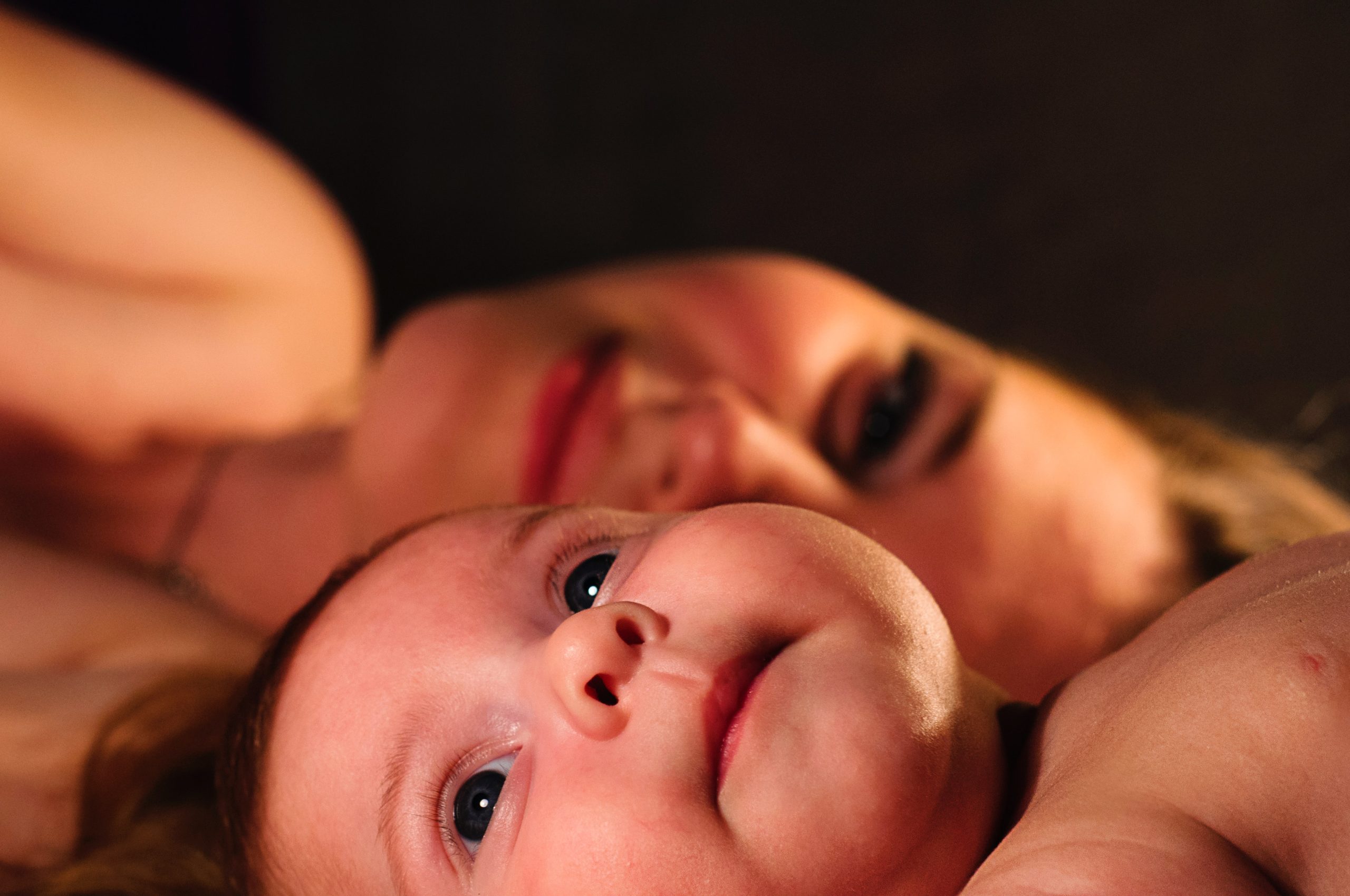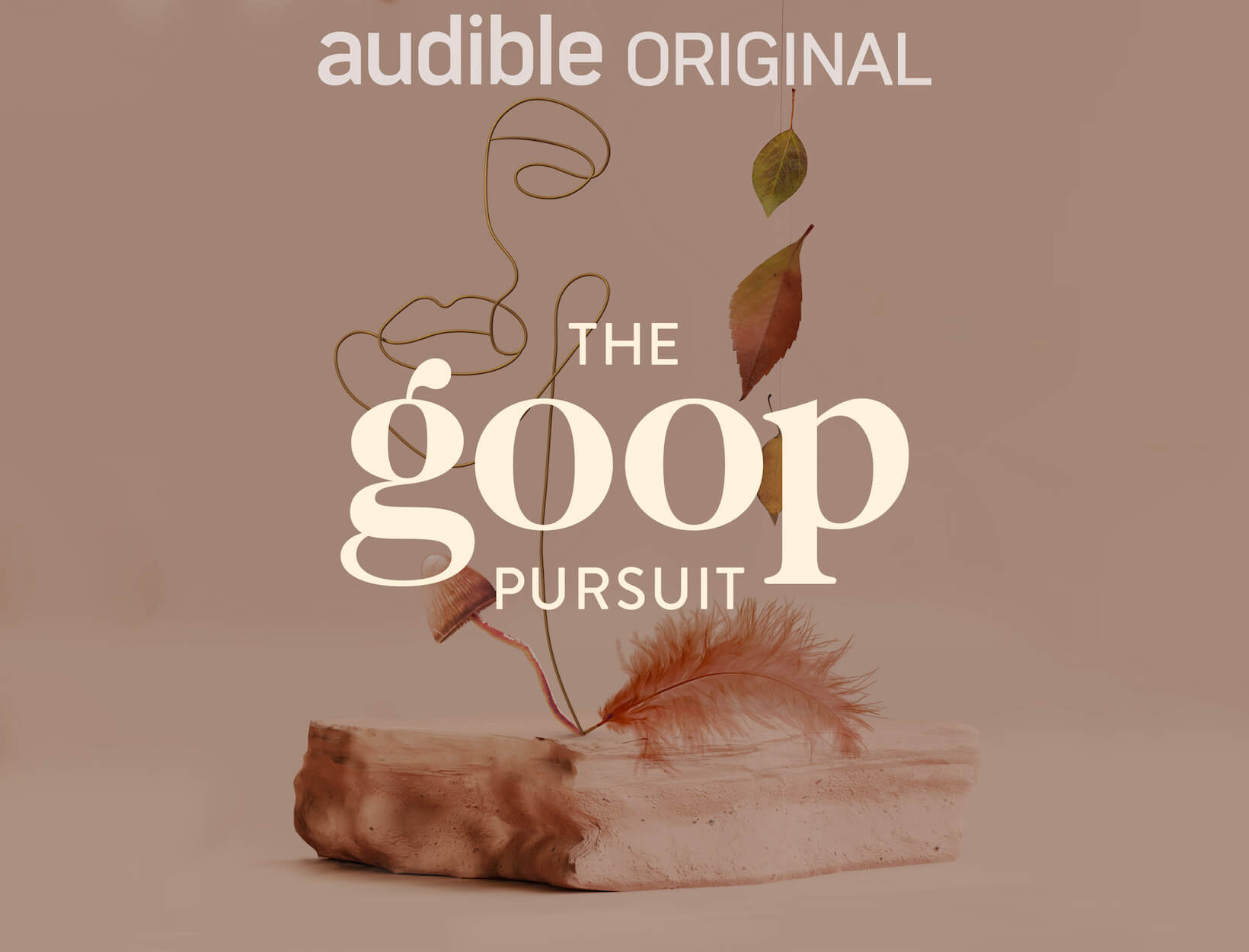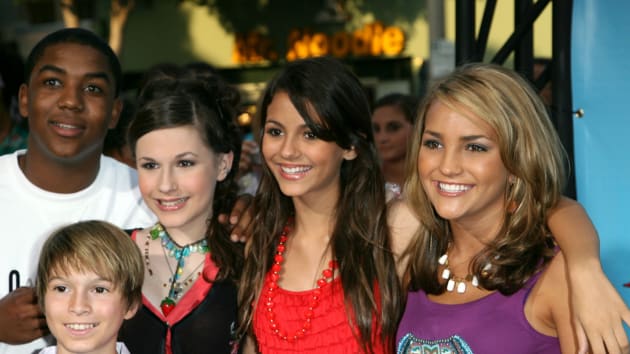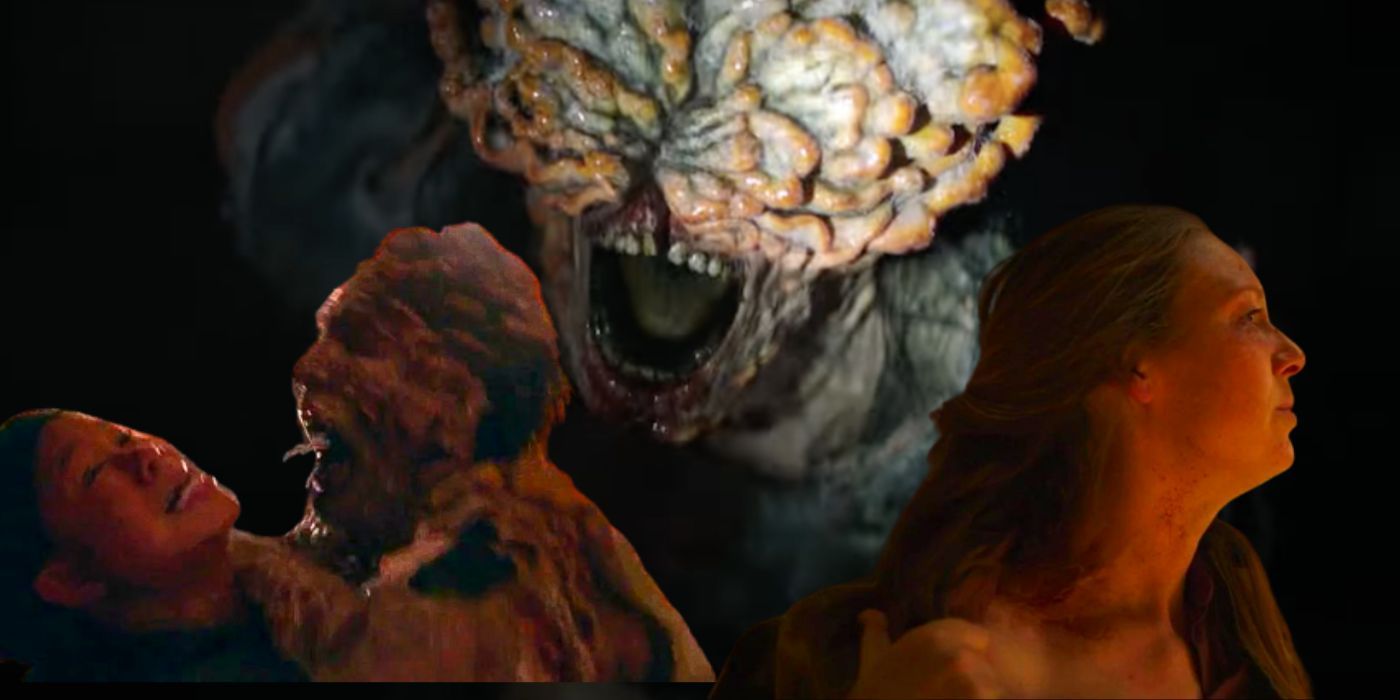In the winter of his first birthday, my baby’s hair grows in curled, soft brown wisps. It loops out from behind his tiny ears and swirls down the back of his delicate, ripe-peach-soft neck. His eyes are changing color, too, warm golden light and cool green shadows threading outward from his pupils, braiding themselves into the chocolate of his irises—once blue, for his first few months on earth. He loves: strawberries, fart noises, snowflakes, our ever-patient dog. He hates: the vacuum, the tiny hand-held snot-sucker designed to decongest the tiniest nasal passages. Perhaps he senses that they are cousins, the two implements—branches of the same terrible, suction-y, family tree.
Lately, he’s taken to rocking his baby dolls, brushing his open lips so gently across their faces, carrying them from room to room under his chubby arm as if they were swaddled, bonnet-clad footballs. He doesn’t know I’m five weeks pregnant today, as we round the corner into his second year on earth. But the matter of this pregnancy—the size of an orange seed, nestled deep within the very same belly he once stretched taut with his long fetal limbs and all his extra amniotic fluid—does not remotely resemble, nor will it ever become, a real baby. Not for him to love (and also, of course, to envy, and tolerate, and collude with, and to resent long into their respective adulthoods).
The grief that saturates this thing is deeper than that of all the others I need to acknowledge and memorialize and mourn—the potential futures, the lost and nameless other outcomes. The grief I feel for him, for this lack, for the sibling that will never be (even if, in years to come, it turns out that other siblings do arrive—through my body or otherwise). This particular grief—no baby for my baby—is bottomless.
This particular grief—no baby for my baby—is bottomless.
My baby sits in my lap, on this January morning, as I read him a children’s book about the source of this grief. It’s a source from which contentment and gratitude and relief spring, also, and abundance, and time. It’s the source of expansion, of health. Of a clarified, focused, more peaceful motherhood. I know this. This joy—his good soft weight in my lap, his chubby fingers splayed open across my forearm, the knowledge that we will keep doing this, me and him, uninterrupted for another year at least—this joy has no ceiling for me.
Yet I’m crying today, as I turn the pages, and press my face into those curly wisps of soft hair, and read him the same words I have so many times before. The book sits open before us.
Its vibrant, colorful splashes of illustration draw him in. He grabs a page in his hammy little fist to turn back whenever he’s particularly excited about a picture. The bright pinks and yellows and green, and the simple words he knows and imitates, his tiny tongue forming sounds and chirps adjacent to their beginnings—family, grow, love, people, you. And the words he doesn’t, he listens to quietly—pregnancy, decide, procedure, medicine.
I am reading him a book about abortion.
The majority of people who have abortions in this country do so while already parenting one or more children. And many more go on to become parents after their abortions. How many of their children—our children—don’t know this? How many think that abortion is for other people, not those who raised them, not their grandparents, not their siblings or themselves? And how many children know that abortion has played an essential part in the creation or survival of their own family, that abortion has been a chapter in their very own origin story, but receive the message that questions are not to be asked? How many, having discovered evidence of a pregnancy that did not result in a child, or having overheard whispered adult conversations or even been sat down for a serious conversation, are made to feel that the subject is, in their families, unspeakable?
…how many children know that abortion has played an essential part in the creation or survival of their own family?
I first learned of What’s An Abortion, Anyway? through an abortion doula collective which offers trainings, workshops, and international community. One of its facilitators, Carly Manes, had noticed (as had I, in my own work at an abortion clinic) that abortion patients often brought their children with them to their appointments. There are, at this moment, children and families in clinic and hospital waiting rooms everywhere; many more of them are home with parents undergoing medication abortion processes and recovery periods following in-clinic procedures.
What if, Manes wondered, there was a simple access point, for those children, to an understanding of what was happening in their family and/or their surroundings? To an inoculation against the discomfort, shame, and secrecy that is airborne on our streets, in our homes and churches and schools, the embarrassment and fear projected onto them—and onto each other—by adults? What if someone were to create, Manes thought—for kids and their caretakers—a medically accurate and non-judgmental book, a gender-inclusive book, a joyful and honest book that told children real stories about real human bodies and feelings? She knew immediately that it could, and must, be done.
Enter Manes’ friend, Brooklyn-based artist Mar (who makes art under the name Emulsify). The illustrator of WAAA? is also an abortion doula, the founder of Emulsify Design, and the creative director of Arrebato, a space for Queer Trans Black & Brown community.
The reason there are no children’s books about abortion, no spines bearing the word or covers alluding to it among the wonderful spate of sex ed and body-focused picture books for younger readers (books like Cory Silverberg and Fiona Smyth’s fantastic What Makes a Baby?—another favorite of this baby I made) is the same reason that your OBGYN likely won’t perform your abortion, should you need one. The same reason, in fact, that 75% of U.S. OBGYN practices do not—despite the fact that abortion care is straightforward, common, and 14 times safer than childbirth.
If the premise of this essay, and of the book, is a source of discomfort for you—that unease has been intentionally cultivated in you (though not by the writer of these words, or by the author and illustrator of those). What’s An Abortion, Anyway? is a rarity; perhaps the only children’s book I can think of that shares no other shelf space on its chosen subject. No other titles to offer as alternatives. This book is—for now, at least, and in the U.S.—the only one we have. Luckily for us, it’s pretty damn wonderful.
This book is—for now, at least, and in the U.S.—the only one we have. Luckily for us, it’s pretty damn wonderful.
Abortion has been so successfully othered in our brains—so deliberately and carefully siloed and politicized—that we can no longer place it, alongside other simple facts of human life, in our everyday conversations, on the spectrum of our routine reproductive health care and our regular old science and sex education curricula, and on our family bookshelves.
“You grew in my belly,” I tell him, among so many other things. “Your eyes are brown and green. Oh! Look at those toes. Let’s count them. You’re so beautiful. That’s my belly. Sometimes people have babies, and sometimes they don’t. Lots of different people have abortions. Families look all different kinds of ways. I love you and I’m so happy that you grew in my belly and that you’re here now.”
These are facts about the world my son inhabits. Facts upon which he can build feelings, questions, understanding, opinions. Facts I owe him. Facts that—like the body in my lap—are his to do with what he will.
And just like any other fact—the sound an owl makes, the sign language for “help” or “hug”, the rhythms of the sun and moon and stars and thus of the schedules we follow—someone has lovingly, intentionally, masterfully, written it down for him in a book.
When a person gets pregnant, the book begins, many different things can happen.
A pregnancy is a fact, but it’s also a feeling. A more nebulous, temporal, personal thing. An idea, maybe. An emotion, an experience. A completely unique composition of a person’s memories, relationships, family and community norms, spiritual beliefs, wisdom, core values, and the messaging they’ve absorbed from birth about their body and its borders. It is the beginning of a new sentence, never before heard, in a language that only the pregnant person can speak. They choose its structure, its meaning, its ending punctuation. Our job is to listen, if invited to. Our job is not to interrupt or to speak our own language back.
Episodes is how my clinic’s medical software refers to pregnancies, as in: Patient is currently experiencing a pregnancy episode. There is a moment, of course, at which sperm meets egg; another in which the fertilized egg implants, silently, unseen, deep within our bodies. Then a period, minutes to months, of changing and growing. We decide if the acorn will become an oak tree. Or the acorn decides, or the squirrel, or the weather. Every episode comes to an end.
I make a mistake, shortly after my abortion. What’s An Abortion, Anyway? has become one of the favored picture books in rotation, requested over and over by my baby alongside Brown Bear, Brown Bear and All in a Day and The Pronoun Book and Goodnight Moon. I want to share its beauty, as I know so many parents and carers and reproductive justice folks who would love an English or Spanish language copy of their own.
I tweet a photo my partner has taken, my anonymous child on my lap, the book obscuring his face, of us reading it, the greens and pinks and oranges and yellows of its floral cover bold and bright. It’s my intention to celebrate the book, to spread the word—more than one person has told me they are struggling to explain abortion to their own children, or that they wish they had resources for younger readers and learners.
…more than one person has told me they are struggling to explain abortion to their own children…
But Twitter, as I am swiftly reminded, is not my group chat. There are people on Twitter with whom I am not in community. People like J.D. Vance, running for U.S. Senate as Ohio’s “champion of the unborn”, endorsed by Ohio Right to Life, who shares my photo with his 300,000 followers, adding his own commentary on my mothering skills. I quickly set my account to private, protecting my tweets, but my website and email address have already spread like wildfire through whatever corners of the internet J.D. Vance fans frequent from behind their American flag and assault rifle avatars. I begin to get the kind of violent and hateful messages you’d expect from those who, above all else, they say, value mothers, children, families, babies, life.
I will speak with my child—in the evolving language of his development, his understanding, his emotional maturity, and his interest—about abortion, for the same reason I speak with him about race, about gender identity and sexuality, about disability justice and climate justice and police violence and all the rest of it. For the same reason I will listen to what he has to say, whenever he is ready to say it. Because access to information is care, too—and the denial of information is a weapon. A form of neglect, a method of control, a tool of manipulation. Because education is care, respect and honesty and trust are care, and care is what we owe our children. Because my child will not grow up with silence between him and the things he is curious about. Because the cultural forces that rush in to fill that silence, for so many kids and young adults—the street preachers waving horrifically gruesome doctored images on their janky poster boards, the pundits “just asking questions,” the self-designated leaders and influencers waxing philosophical on social media about the authority they feel they should be granted over the inner unfoldings of lives and bodies not remotely their own.
Some people have abortions because their doctors say pregnancy could make them sick, we are told by What’s An Abortion, Anyway?
Bodies are facts. I’m diabetic—look, here’s someone with an insulin pump, like mine. Here is a freckle. You have a penis, Dada has a penis. I have a vulva. I have a vagina. We all have belly buttons. We all have nipples. We all have bodies that belong only to us. Your body grew inside of mine. Then another body was going to grow inside of my body, but Dada and I decided that it wouldn’t. My body is a little bit sick. So sometimes we have to take special care of it.
Bodies are facts. I’m diabetic—look, here’s someone with an insulin pump, like mine. Here is a freckle.
Some people have abortions because they like their family exactly how it is.
Families are facts, and they’re also feelings. You and me and dada are a family, but we also love and are loved by many other people in our communities, and we may call them family, too—because we feel like they are.
Some people have abortions because they can’t take care of a new baby right now. A smiling, long-haired parent holds their child in their arms: now that I’m scheduled for my pre-abortion ultrasound, I realize, the funding secured and my name on the clinic schedule, it could be an illustrated version of me. Of us.
I have an abortion for many reasons: because I can’t afford another child financially; because my chronically ill and disabled body has not yet healed from my first high-risk pregnancy and cesarean section; because my family of three (+ dog) is whole and full, at this moment, and our lives are at lovely capacity. I will tell my son these things someday, when we speak about this abortion, but I will also tell him that these reasons belong to me, and everyone else’s reasons for their abortions belong to them. I’ll explain it all to him clearly, because I am not ashamed, and I’ll also make sure he knows that I don’t owe any of these explanations to J.D. Vance, or to the doctors and midwives and nurses who care for me, or to any of the people who love me and are loved by me, or to strangers on the internet who don’t speak the language of my body and therefore could never understand the words, the meaning, the cadences, the sentence of my pregnancy and the punctuation I choose for its end. I don’t owe these explanations to you.
Manes and Emulsify’s commitment to real human beings, to real and individual abortion stories, is evident in the creative choices they’ve made at every step of WAAA?’s publication. The illustrations in the book are not of imaginary characters but rather, of real We Testify abortion storytellers, and of Dr. Jamila Perritt, the president and CEO of Physicians for Reproductive Health.
Manes’ words and Emulsify’s accompanying images, though they are about a specific experience that my child will almost certainly never have himself, as someone without a uterus, can be applied to so many experiences he will have. People make the decisions about their bodies and families that belong to them; people in our communities and lives do many different things and feel many different ways, sometimes all at the same time; this does not harm us nor is it something they need to explain to us; and we respect, support, and love each other just as we respect, support, and love ourselves. Easy peasy lemon squeezy, I say to him, and he laughs and laughs.
…people in our communities and lives do many different things and feel many different ways, sometimes all at the same time…
I think, as I sometimes do, about an email I got from one of Vance’s followers on the day of his tweet about me. This one stood out amid the rape and death threats, the comments about my body and my physical appearance, the critiques of my baby’s nursery in the background of my photo. What kind of mother enjoys murdering her kids, you ****? It lands in my inbox on the day after I stop bleeding, a few hours after I’ve written a goodbye letter to the pregnancy I’ve released, and burn it in my woodstove, watching my love for the sibling that never was become smoke.
Some people feel happy or calm, the book tells us, of those having abortions. I run my finger along my baby’s cheek, and he reaches up to squeeze it.
Some people feel sad or lonely. I kiss my baby’s head, and close my eyes against my tears.
Many people feel all of these things at the same time.
A group of five people smile up at us from the last page, arms slung around each other in friendship, in community, in love. Stars are scattered across the negative space, twinkling around the figures’ grinning faces and multicolored hair. On this page, having shared the facts and feelings, Manes and Emulsify tell my child, tell me, tell all of us:
We can never really know what it is like to be someone else.


























































